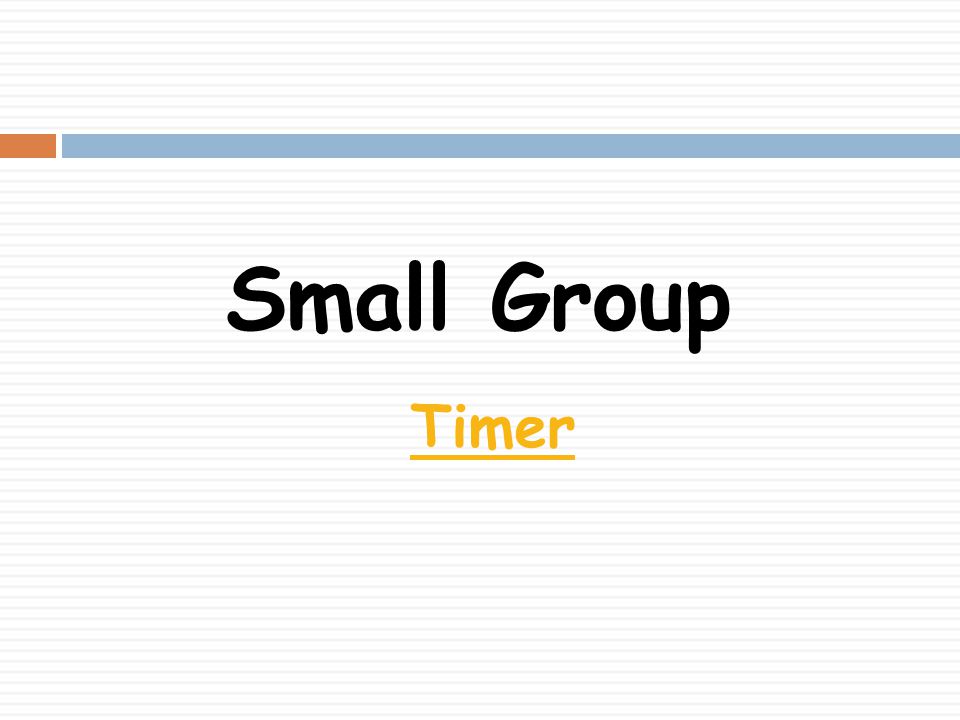illustrated by Jennifer DiRubbio
- Goodbye 382 Shin Dang Dongthird Grade Reading Streets Book
- Goodbye 382 Shin Dang Dongthird Grade Reading Streets 2
- Goodbye 382 Shin Dang Dongthird Grade Reading Streets List
By Donna Latham Genre: Expository Text Comprehension Skill - Graphic Sources Comprehension Strategy - Text Structure Vocabulary: dim- somewhat dark, without light gas- a substance that is neither a liquid nor solid and has the ability to expand indefinitely gigantic- very large, tall or bulky ladle- a large spoon with a large handle patterns- repeated. Fredericks illustrated by Jennifer DiRubbio Genre: Narrative Nonfiction Comprehension Skill - Cause and Effect Comprehension Strategy - Predict and Set Purpose Vocabulary: lofty- tall, or high of the ground incredible- hard to believe noble- belonging to a high social class search- to look for something stinging- having a sharp pain topic- a.
Goodbye 382 Shin Dang Dongthird Grade Reading Streets Book

Goodbye 382 Shin Dang Dongthird Grade Reading Streets 2


Genre: Narrative Nonfiction
Comprehension Skill – Cause and Effect
Comprehension Strategy – Predict and Set Purpose
Vocabulary:
lofty– tall, or high of the ground
incredible– hard to believe
noble– belonging to a high social class
search– to look for something
stinging– having a sharp pain
topic– a subject
unseen– not seen
survivors– people who remain alive after an event where others have died
waterless– without water
Spelling – Consonant Patterns wr, kn, gn, st, mb
Goodbye 382 Shin Dang Dongthird Grade Reading Streets List
1. thumb
2. gnaw
3. written
4. know
5. climb
6. design
7. wrist
8. crumb
9. assign
10. wrench
11. knot
12. wrinkle
13. lamb
14. knob
15. knit
16. wrestler
17. bologna
18. cologne
19. honeycomb
20. knickknack
Cross Curricular Standards (NM):
Science –
S2-B2A-PO1 – Know that an adaptation in physical structure or behavior can improve an organism’s chance for survival (e.g., horned toads, chameleons, cacti, mushrooms).
S2-B2A-PO2 – Observe that plants and animals have structures that serve different functions (e.g., shape of animals’ teeth).
S2-B2A-PO3 – Classify common animals according to their observable characteristics (e.g., body coverings, structure)
S2-B2A-PO – Classify common plants according to their characteristics (e.g., tree leaves, flowers, seeds).
Related Links | Related Files |
